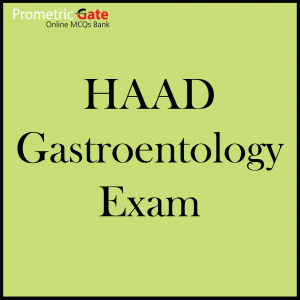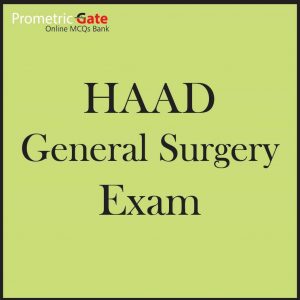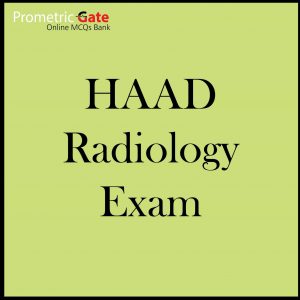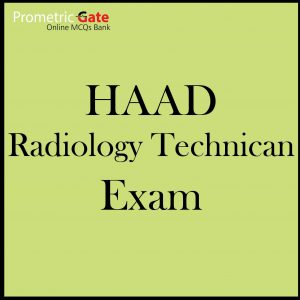ORE Part 1 exam materials (MCQs)
10.000 new questions
Updated
Enough for exam
The Exam
Part 1 is designed to test candidates’ application of knowledge to clinical practice.
It consists of two computer-based exam papers:
- Paper A covers clinically applied dental science and clinically applied human disease.
- Paper B covers aspects of clinical dentistry, including law and ethics and health and safety.
All questions are mapped to learning outcomes in our Preparing for Practice document.
Each paper lasts three hours and is made up of multiple short answer questions (extended matching questions and single best answer questions).
A candidate is expected to be able to show competence, knowledge and familiarity in the different aspects of dentistry which are outlined in the learning outcomes in our Preparing for Practice document.
There are a maximum of 200 places available at each examination period.
You must pass both papers in order to progress to Part 2.
Location and Cost
The Part 1 exam is held at King’s College London and costs £806. Please note, the exam fee is not normally refundable.
Dates
There are currently no confirmed dates for 2021.
Results
Your exam results will be sent to you by email. We will endeavour to release the results to you within 20 working days of the examination.
You will be given a percentage mark out of 100 for Paper 1 and for Paper 2, as well as an overall pass or fail award. As the examination is taken at a computer, the results are calculated as soon as you click ‘submit’. This ensures there is no room for error in this marking system and so we do not offer the opportunity of questioning the marks awarded. However, all results are quality assured after the exam by the exam board.
We are not able to provide you with any feedback on your performance in this examination. However, approximately 40 working days after the examination, the Part 1 Supplier, King’s College London, will provide you with result feedback.
Upon passing Part 1, your name will be added to the Part 2 candidate list.
Survey Feedback
After each exam the GDC exam supplier collects feedback about the sitting. An example of this feedback report from the April 2018 exam can be read here, which includes some of our responses about certain topics. This report is a tool for candidates to clarify certain aspects about the Part 1 exam and should be read as preparation for the exam.
Policies
Policies governing the examination of Part 1 are available on the exam centre’s website here.
Part 1 policies include Complaints, Suspected Malpractice, Mitigating Circumstances, and Candidate ID Verification.
If you have booked a place on an exam and need to withdraw, please consult our withdrawal policy and refunds policy.
If you wish to make a general complaint about the service you have received at the GDC, please get in touch.
You will be allowed four attempts for Part 1.
Questions samples
1. Which one of these tumors most likely to occur bilaterally adenolymphoma 10% occur bilaterally.
a) Pleomorphic adenoma – 75% of parotid tumors, its mixed tumour ( fibrous, myxoid, cartilaginous )***
Commom intraoral site – junction of hard and soft palate usually feels rubbery and lobulated on palpation.
b) mucoepidermoid carcinoma– solid and more aggressive, can be invasive and occasionally metastsise. 3-9%****
c) adenocystic carcinoma – cribriform or Swiss cheese pattern, infiltrate along nerve sheaths
Cause multiple cranial nerve lesions – especially lingual, facial or hypoglossal ***
d) Acinic cell carcinoma 1%
2. A curette may be inserted to the level of the attached gingiva with minimal trauma to the tissues because of
A. Has a round base
B. Is easy to sharpen
C. Has rounded cutting edges
D. Provides good tactile sensitivity
E. Has two cutting edges
Answer: C
3. As far as localised alveolar osteitis is concerned; which one of the following
is true
A. The incidence in the mandible and maxilla is similar
B. The prophylactic prescription of antibiotics prior to extraction reduces the
incidence.
C. Excessive fibrinolysis is the likely aetiology
D. Purulent exudate must be seen for a diagnosis and irrigation is mandatory
E. Zinc oxide eugenol and alvogyl dressing promote a rapid bone growth
Answer: C
Explanation: loss of cot was traditionally ascribed due to bacterial proteolytic enzymes. However, it appears frequently due to excessive local fibrinolytic activity. The alveolar bone and other oral tissues have a high content of fibrinolysin activators (plasmin) which are released when the bone is traumatized.
** Oestrogen component of oral contraceptives enhances the serum fibrinolytic activity.
Alveolar osteotitis: affects females, few days after extraction may be delayed for week or more. Pain is deep seated, severe and aching or throbbing.
Ethiology:
- In healthy person, it only affects lower molar region where the bone is more dense and less vascular than elsewhere.
- Its an expected complication of extractions in Paget’s disease and after radiotherapy where endarteritis causes ischemia of the bone.
- LA
4. How do you prepare floor of pulp chamber in molars
A. Swab and dry with cotton wool and excavate
B. Use round bur to flatten the floor
C. Under cut walls
D. Use flat end fissure bur to make it leveled
Answer: A
5. You want to evaluate the effectiveness of tretracycline as an adjunct to scaling & root planning for the treatment of chronic periodontitis
What is the primary study design most appreciate for addressing this topic?
A. Cohort
B. Non randomised controlled trial
C. Randomised controlled trial
D. Control case study
E. Case series
Answer: C
6. After the age of 6 years, the greatest increase in the size of the mandible occurs:
A. At the symphysis
B. Between canines
C. Distal to the first molar
Answer: B





Reviews
There are no reviews yet.